How to Safely Secure Materials During Transport
Larry Bernstein
September 8, 2021
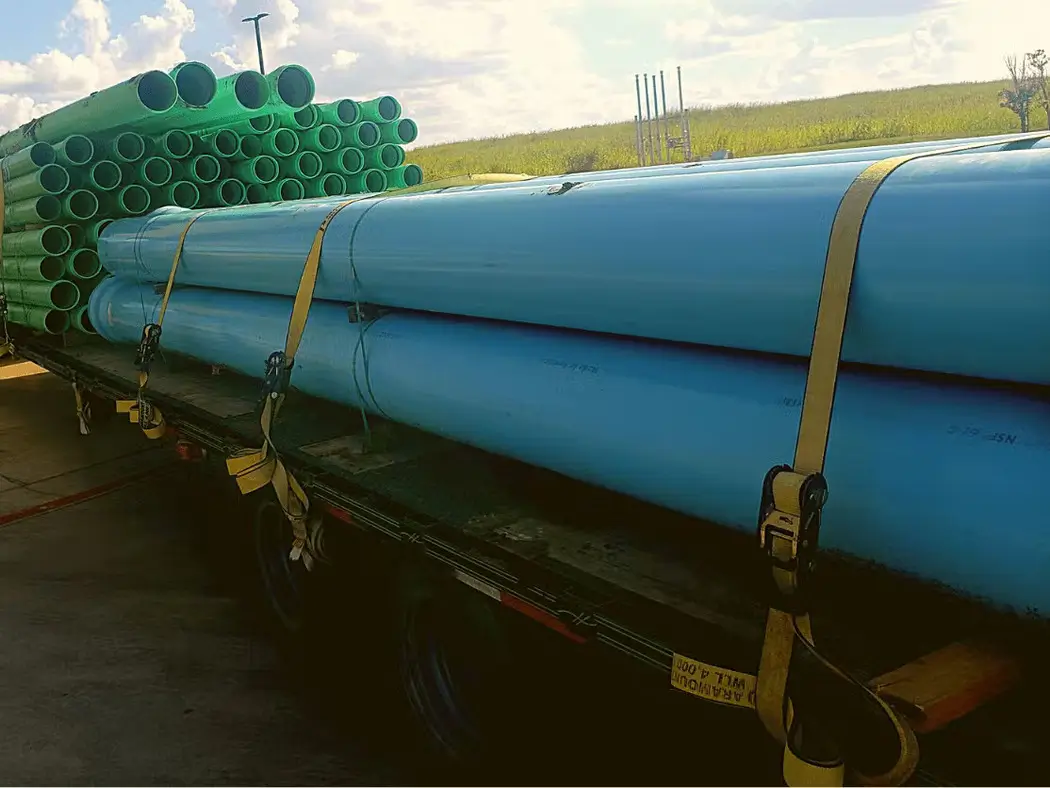
You know what's it like when you order something, and you're excited about its arrival. When it finally does, you open the package and see it's broken. Your excitement seeps out of you like a tire that got punctured. For your customers who are anxiously awaiting their construction materials and have deadlines to meet, such an occurrence can be detrimental. For drivers, it can lead to frustrated customers and a bad rating. The question then is how to secure cargo and safely transport it.
How Do You Tie Down Cargo in a Pickup Truck Bed?
For those who were members of scouts, making a strong knot to tie down cargo may be a snap. Then there's the rest of us. Yet, taking the time to properly secure cargo is worth the time. Another key to securing the material in a pick-up truck is ratchet straps.
While rope may be used for tie-downs, ratchet straps are a better option for securing cargo. There is a hook on both ends so no knots are necessary; straps stay tight during the ride, and they are easy to unhook when removing the cargo. In addition, because they come in various lengths, load capacity, the right option to keep the cargo secure is always available.
Once materials are packed on the truck bed – the heaviest materials on the bottom with weight distributed evenly front to back and side to side– it is time for the ratchet straps. A cargo net and cargo cover are also helpful.
How Do You Strap Down a Load on a Hotshot Trailer?
To keep a load properly strapped down on a hotshot trailer, an X strap is helpful. The middle of the X should go over the middle of the material. With the middle of the load secure, the rest of the load will be more likely to remain in place. Straps can and should be used around the perimeters of the load. Finally, put a tarp over, around, and under the load to keep it protected from the elements. Bungee cords can be used to secure the excess tarp so it won't flap in the wind.
To be confident your cargo remains secure, drivers should check on their load after each stop they make i.e., gas, bathroom, etc. In addition, it's wise to check the load within the first 25 miles. By this point in the transport, there will likely have been a quick stop, changing of lanes, and potholes. If the materials have remained fully secure to that point, they stand an excellent chance of remaining secure moving forward (presuming nothing dramatic happens).
Flatbed Cargo Securement
Note, there are federal regulations for those transporting cargo that exceeds a particular weight.
There's not one specific material that one must use to secure a tarp to a flatbed. Whether it's ropes, bungee cords, tie-down straps, chains, or some combination, the key is to check it before leaving the pick-up area. Also, regularly check to make sure the materials are in good shape – i.e. the rope is not fraying. Similarly, ensure grommets are firmly secured to the fabric of the tarp since loose grommets can lead to cargo becoming insecure.
Tying the tarp as tight as possible to the flatbed means wind pockets will not be an issue. So, err on the side of applying extra tie-down methods. This will keep the tarp on your vehicle and your cargo protected from the elements.
Flagging Long Items That Extend Beyond the Bed
Each state has rules regarding transporting loads that extend beyond the bed. The length at which items and overhang need to be flagged ranges from just a few feet to 15 feet in Washington State. These rules are for the safety of the driver, vehicle, other drivers, and the cargo that is being transported. The federal law allows cargo to overhang by three feet in the front, four feet in the rear, and four inches by the sides.
Once cargo extends beyond the legal limits, it must be flagged. Truck Bed Guide explains that a red market lamp is required on the side rear and front. "The load must be marked using two lamps to the rear of the vehicle to indicate its length and two red reflectors indicating the maximum width. If the load extends to the sides by more than 4 inches or over the rear of the vehicle by more than 4 feet a red or orange warning flag should be installed. The warning flag must be at least 18 inches square."
Securing Oversized Loads
The first step to securing oversized loads is to have the right vehicle for transport. Second, review the route that you'll be using. This way you can be certain there are no low bridges or other potential space restrictions. In addition, avoiding particularly poorly paved roads and detours allows one to minimize the potential for damage to cargo.
There are multiple options to secure an oversized load. Properly packing the load onto the vehicle makes securing and transporting it much simpler.
Driver Safety is a Core Value at Curri
At Curri, we take pride in helping our partners get materials quickly and securely to their customers. The key to making this happen is our network of drivers, and their safety is a priority to us.
By keeping cargo secure and delivering materials in the working order that is expected allows drivers to be highly rated. Properly tying down materials and ensuring its properly strapped will also protect drivers and their vehicles. And that's our aim.
Interested in driving for Curri? Join our team today!
.avif)








-min.avif)

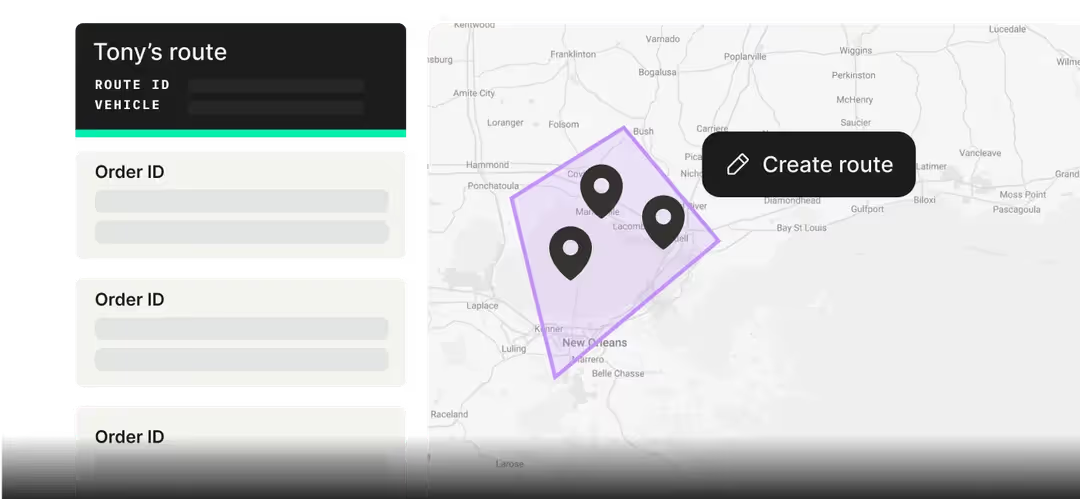
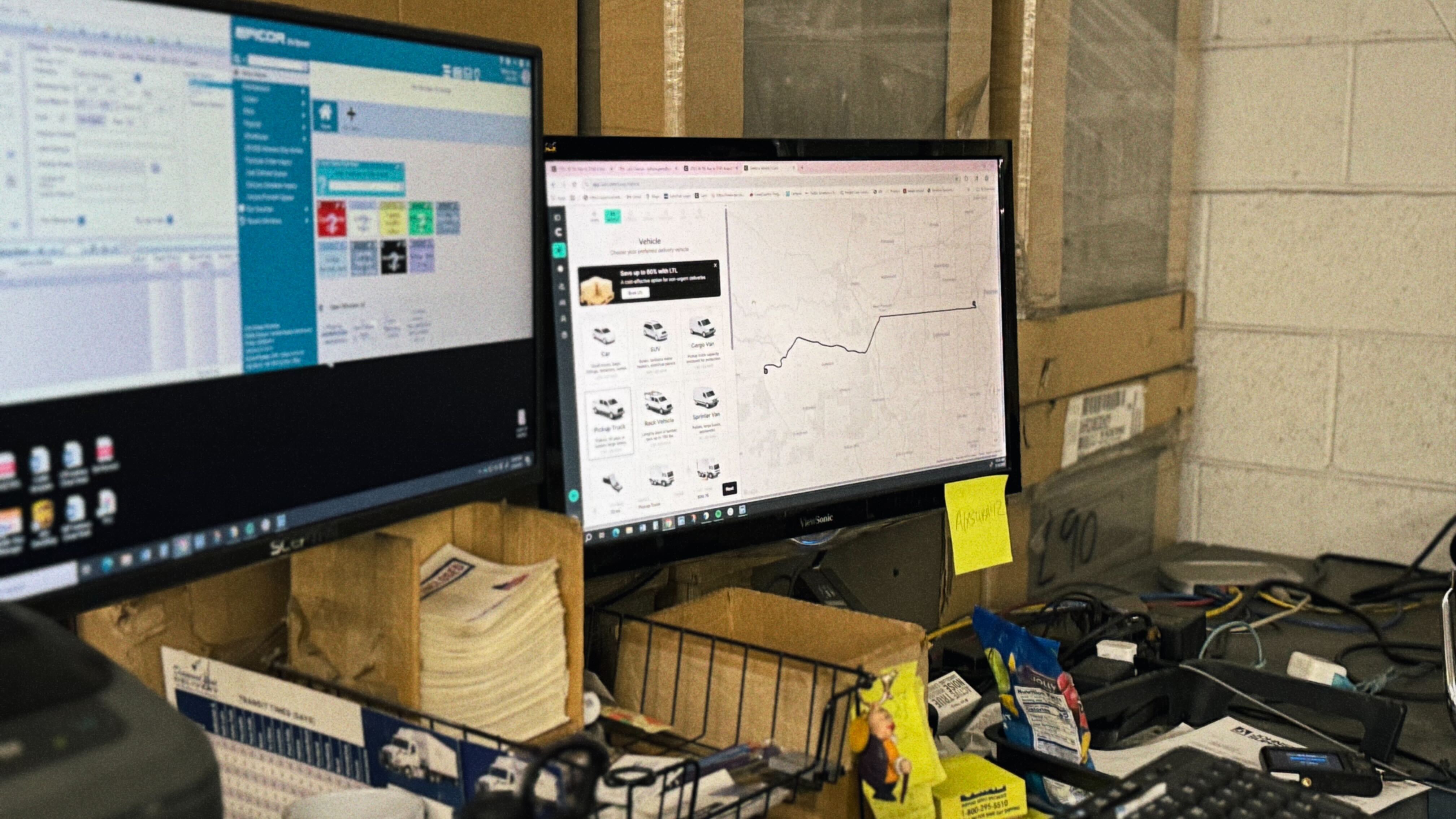
-min-min-min.avif)


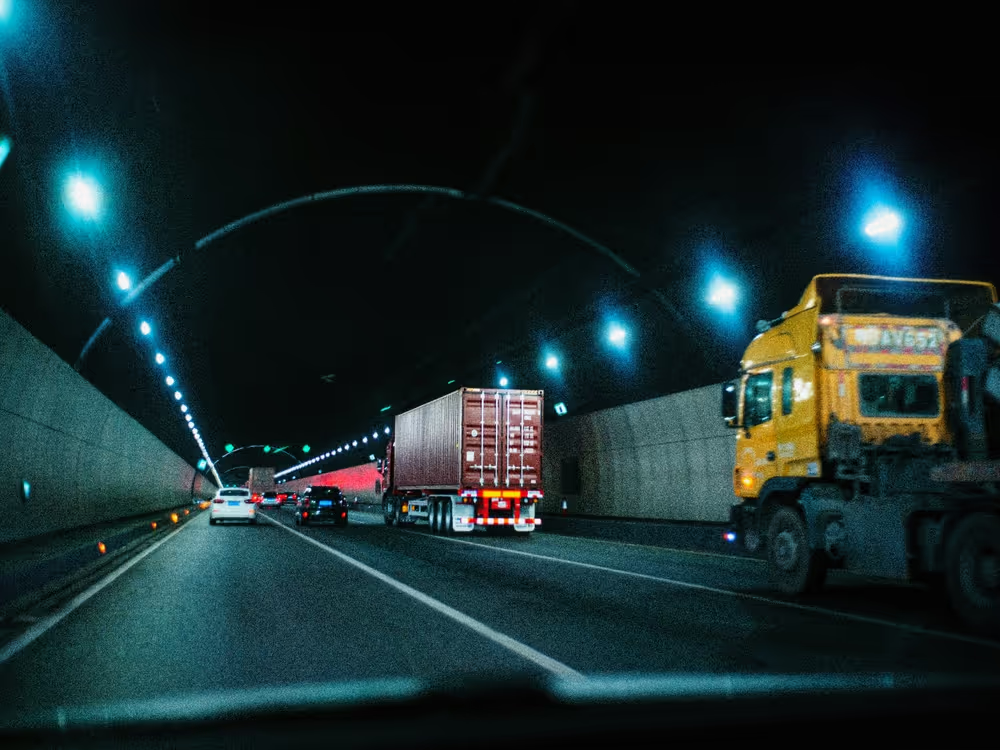
.jpeg)
-min.jpeg)


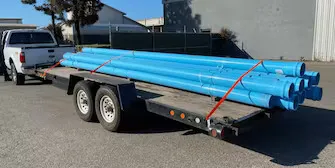


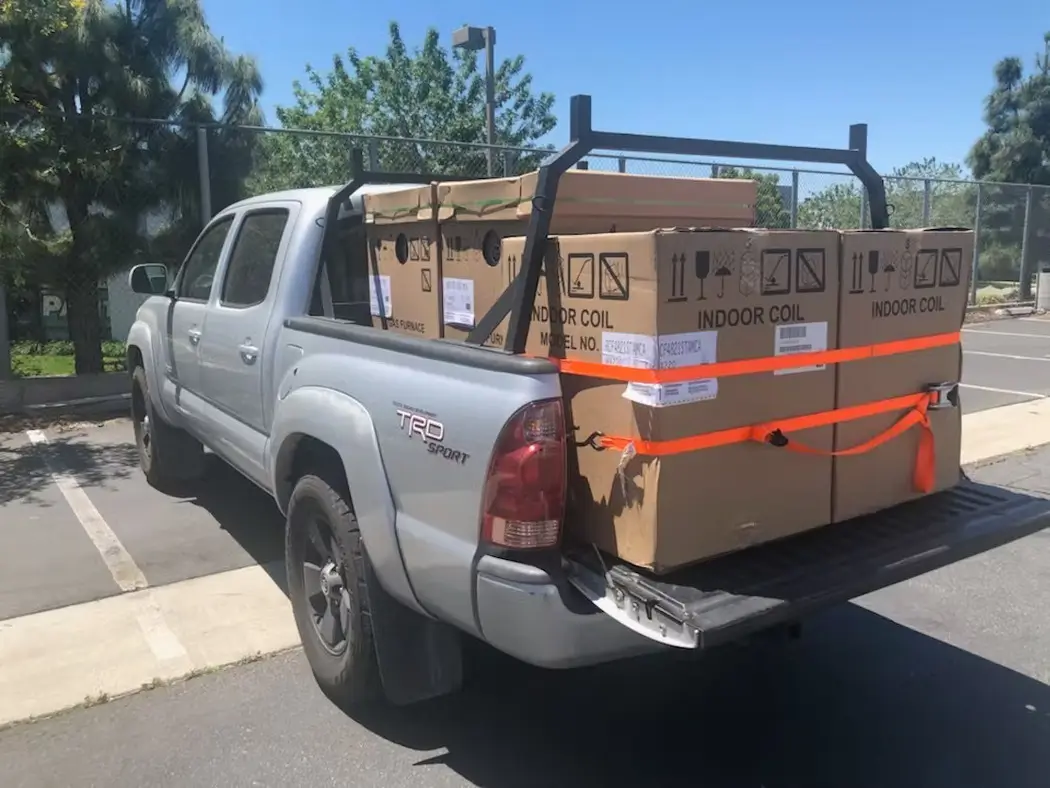
-min.webp)
.webp)
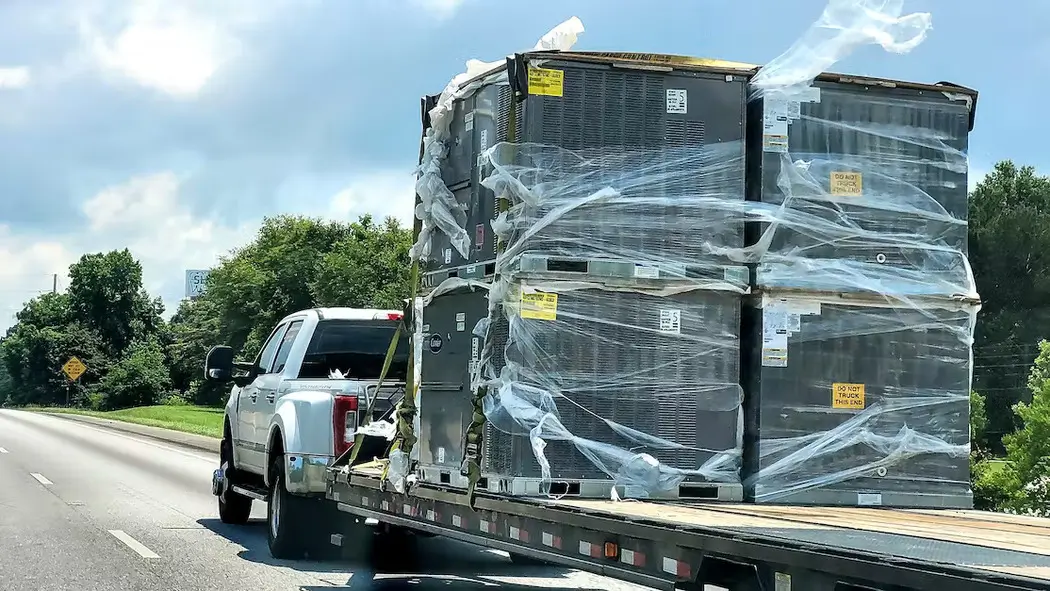


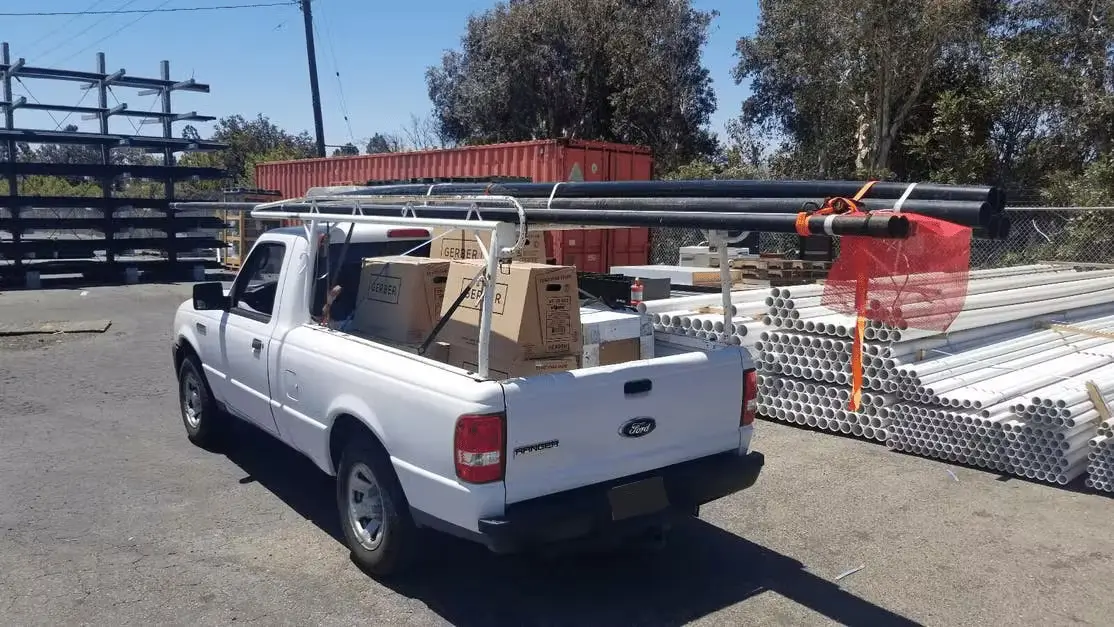

.webp)

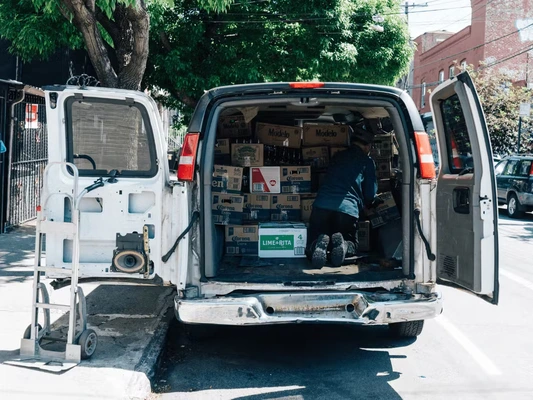

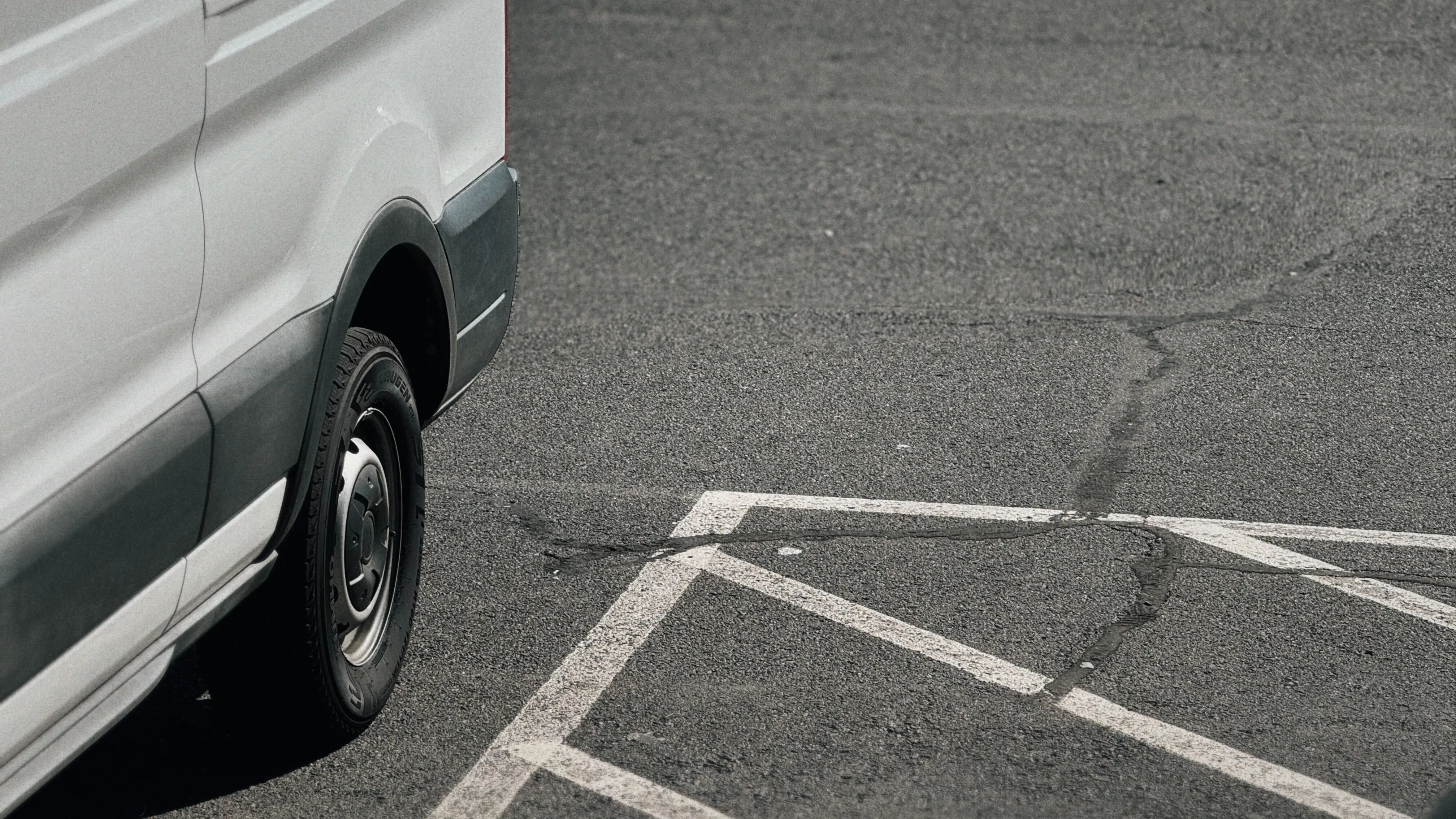
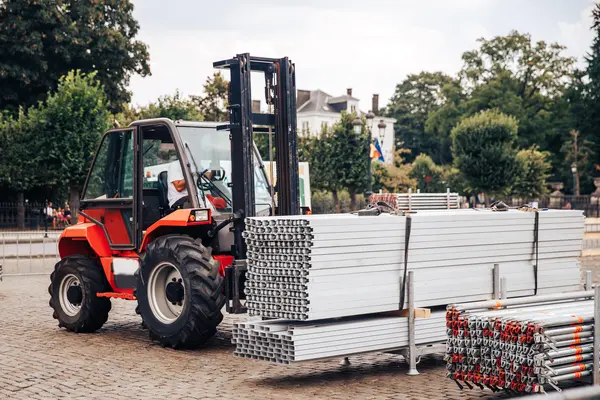






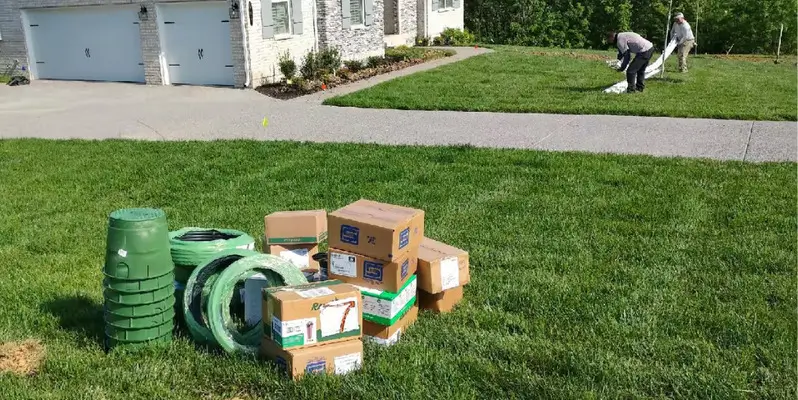
.webp)
-min.avif)


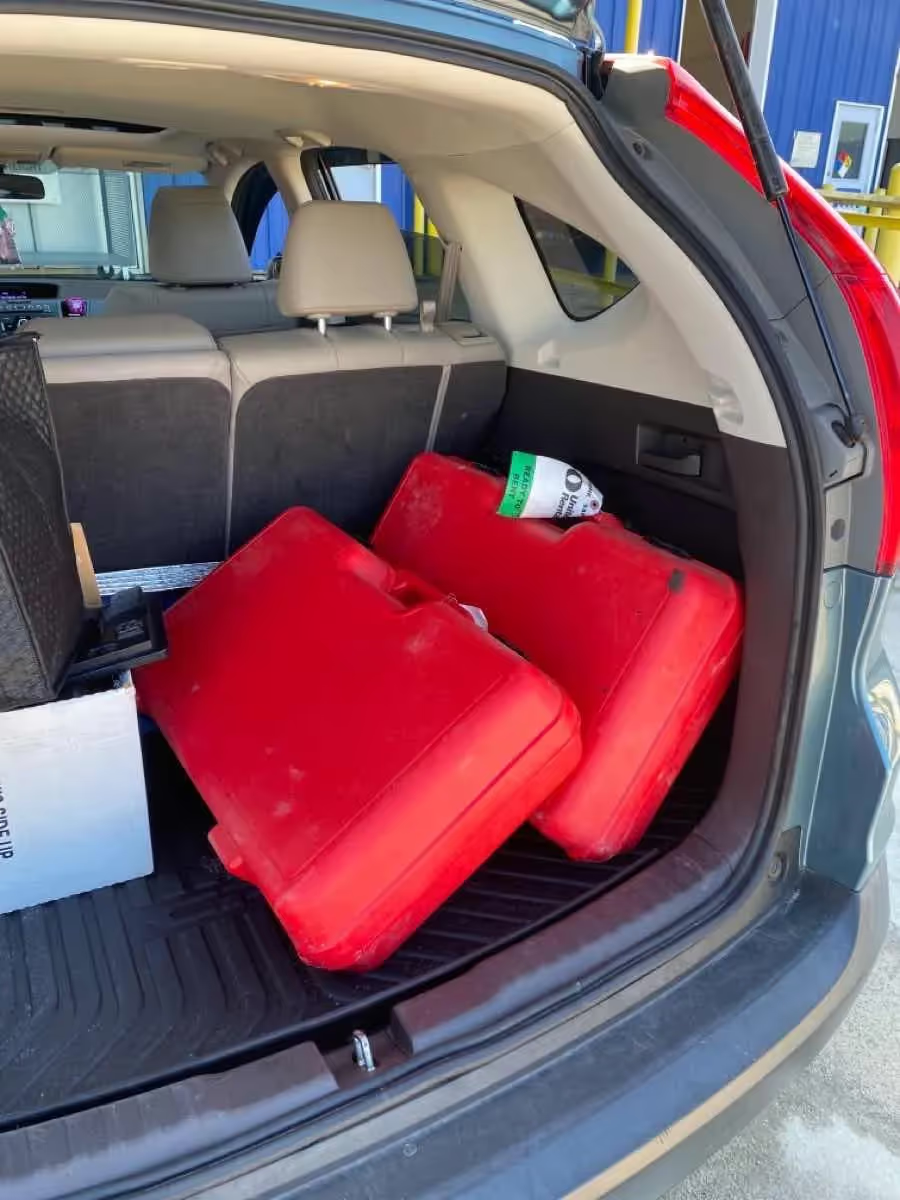

-min%2520(1).avif)

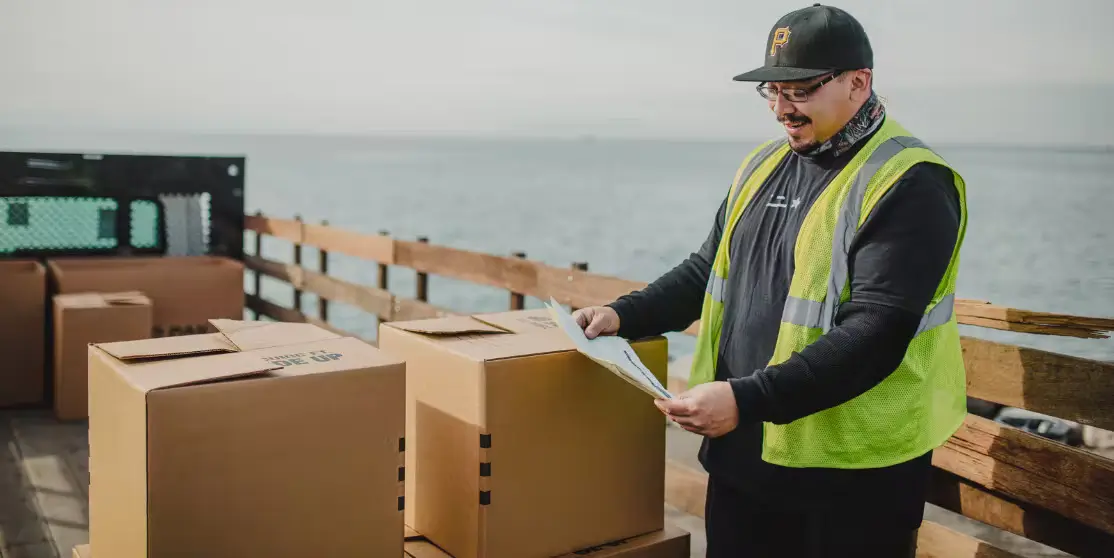
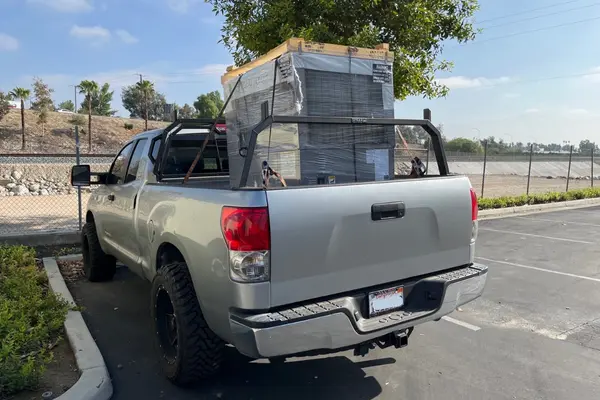


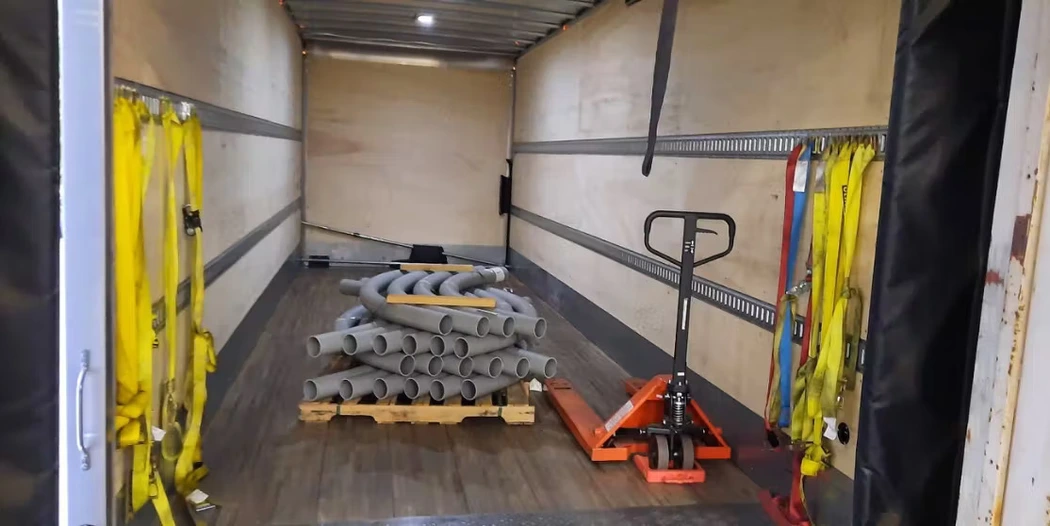
.avif)



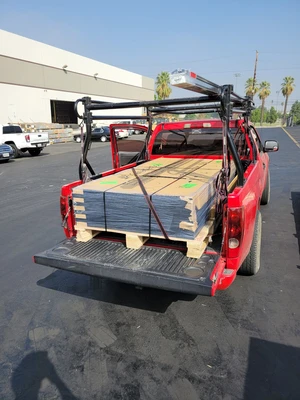
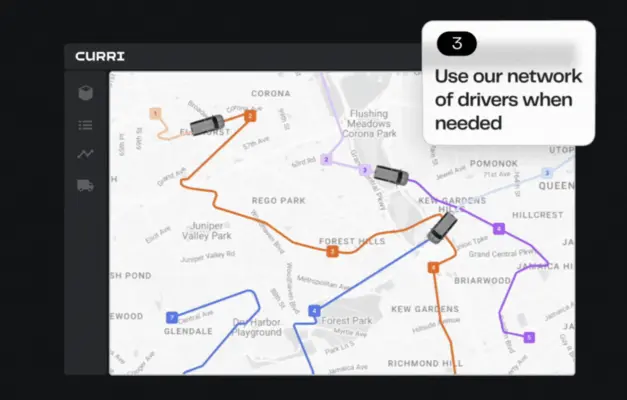


-min.avif)





.webp)
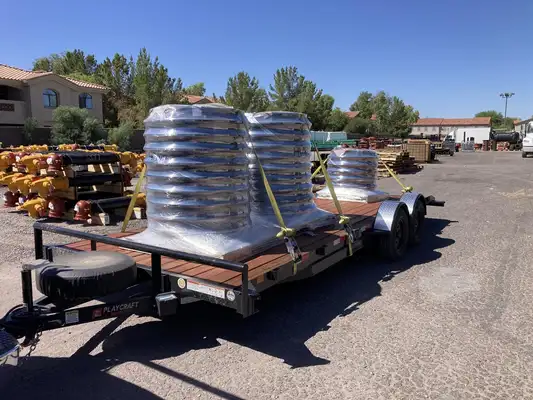
.webp)

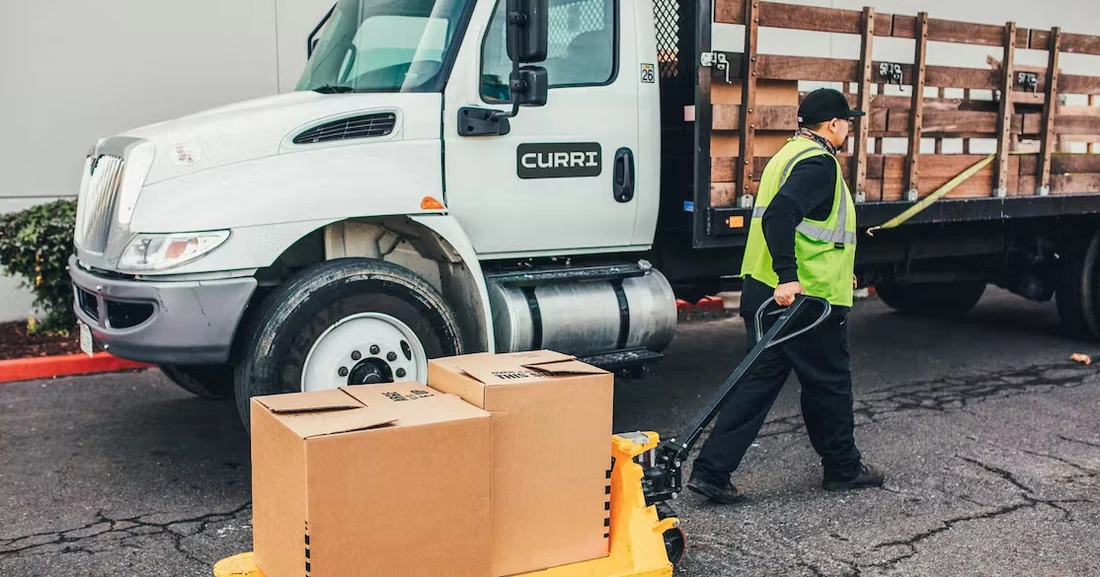
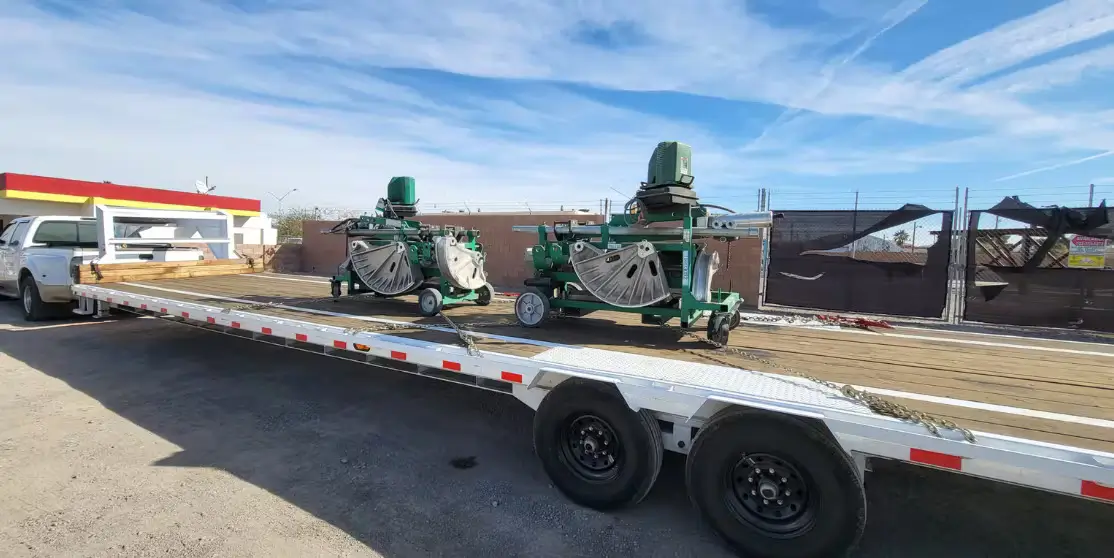
-min.avif)

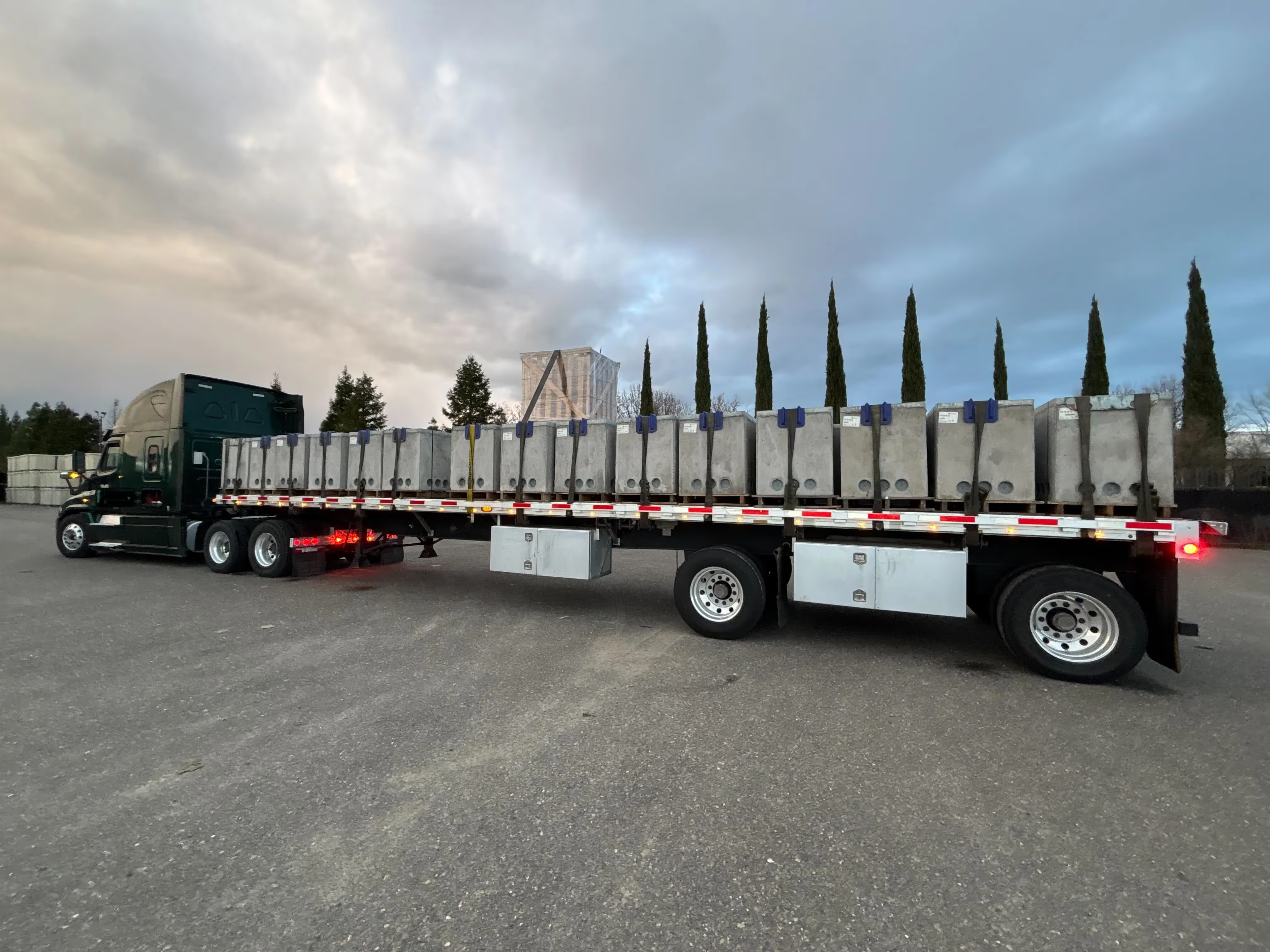

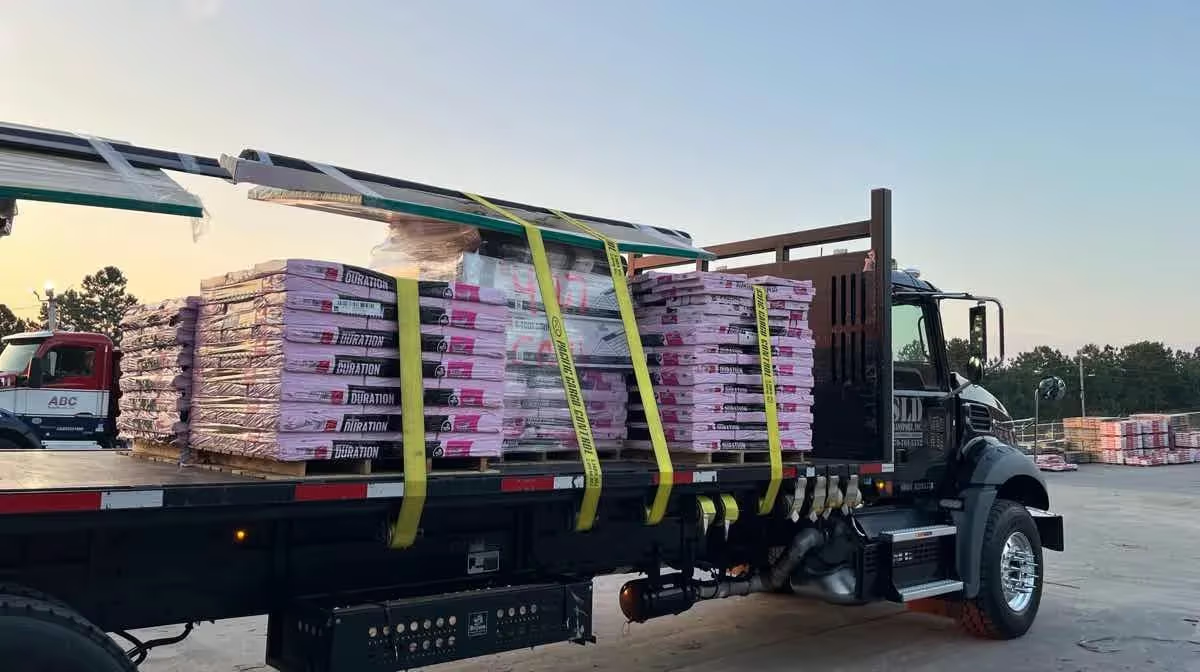

-min.webp)

.webp)
-min.webp)



.webp)

.webp)
.webp)
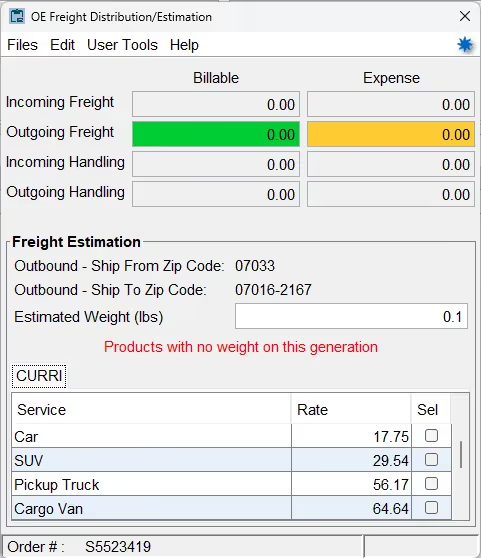
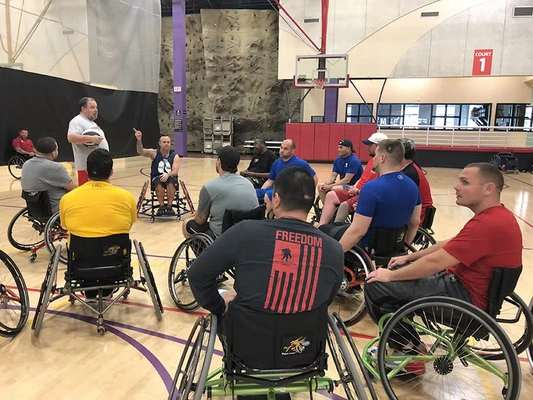
.webp)




-min.webp)

.webp)
.webp)
-min.avif)